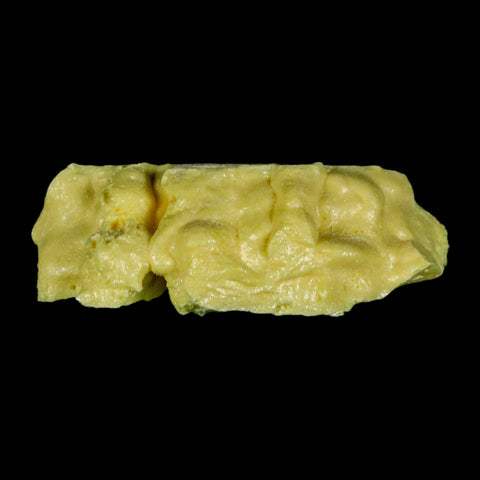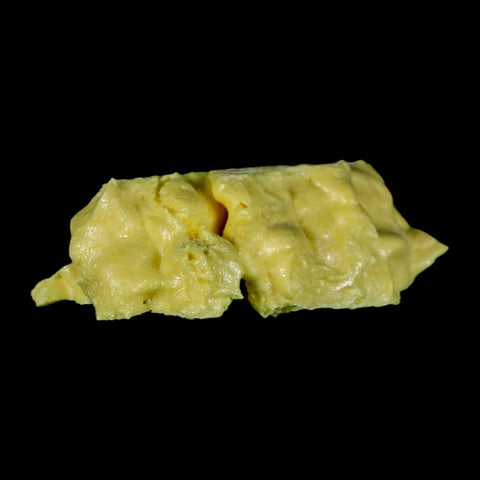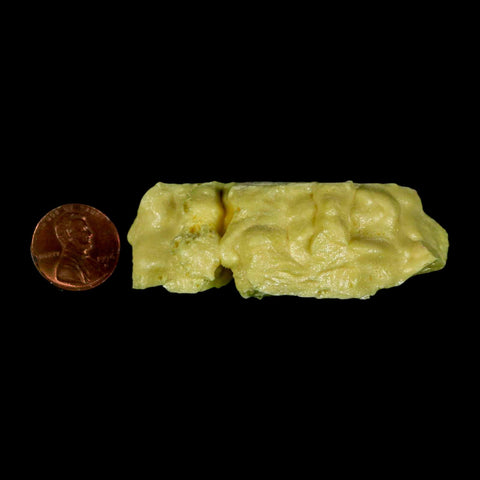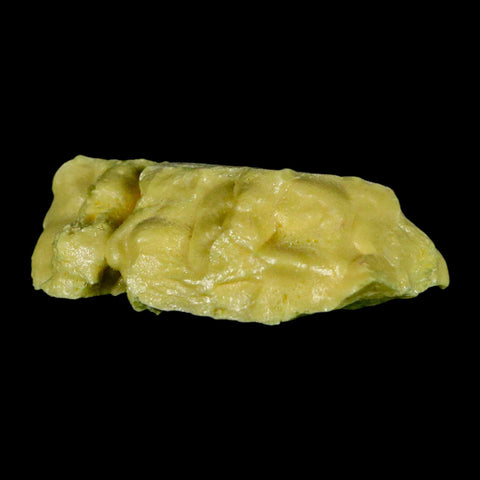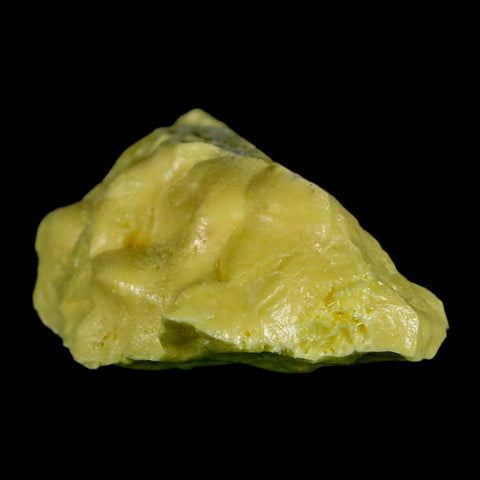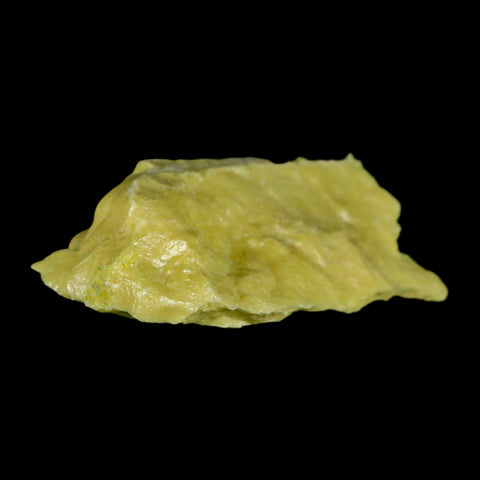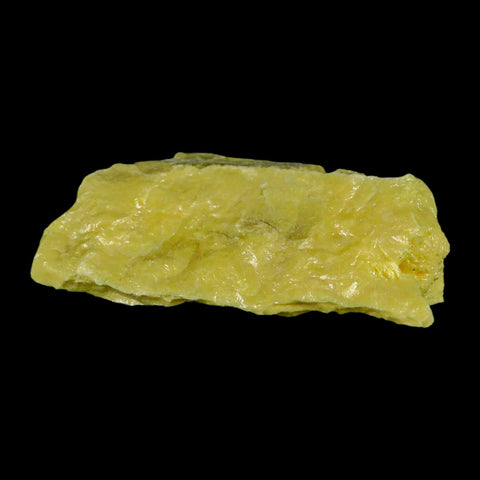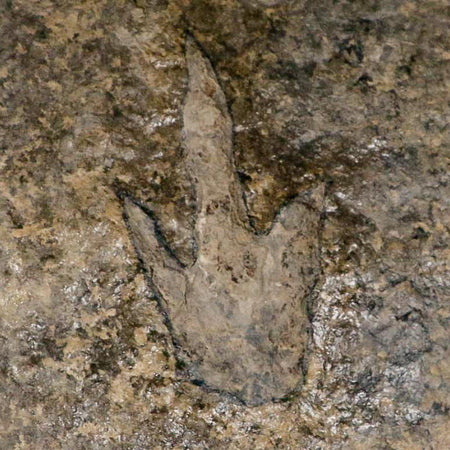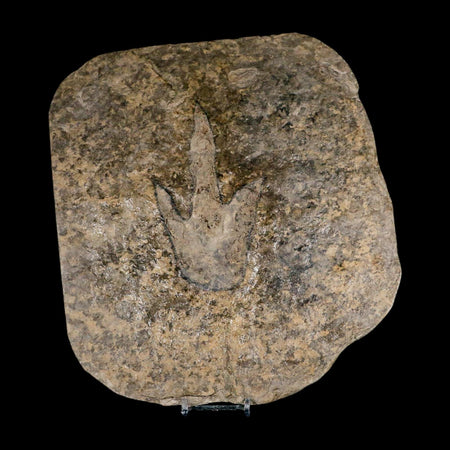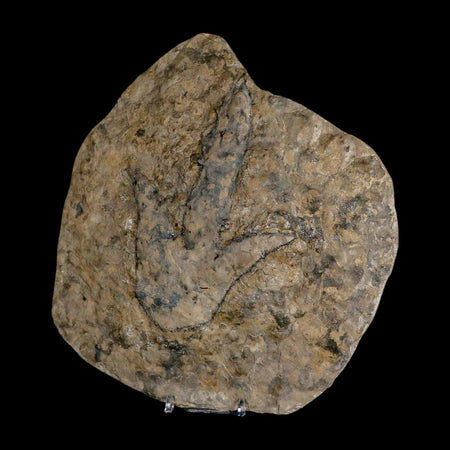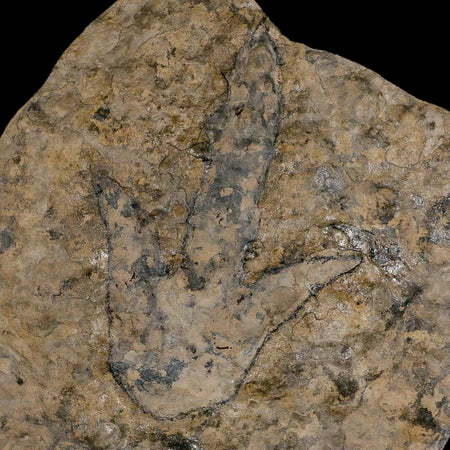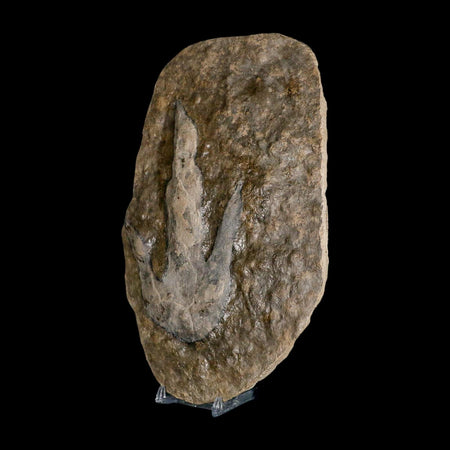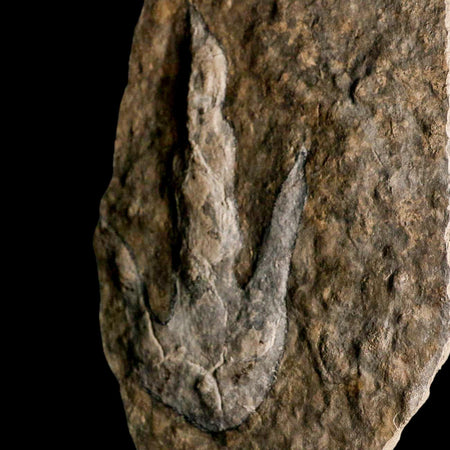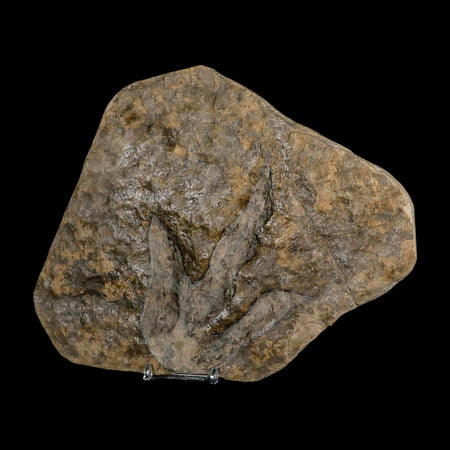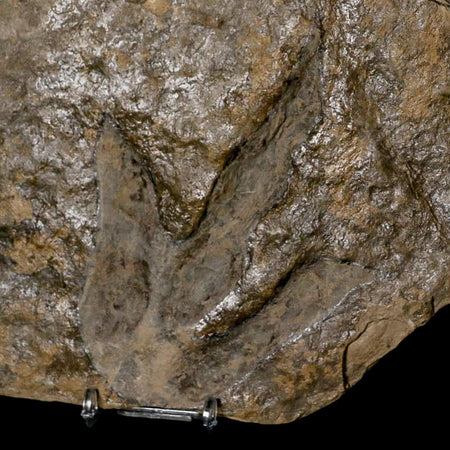2.7" Rough Bright Yellow Sulfur Crystal Mineral Specimen From Louisiana
Location: Sulfur, Louisiana, United States
Weight: 1.9 Ounces
Dimensions: 2.7 Inches Long, 1.5 Inches Wide, 1.1 Inches Thick
The item pictured is the one you will receive.
Native Sulfur has played a notable historical role in Louisiana, driven by its unique geological origins and economic value. In this region, sulfur deposits are chiefly found within the caprock of salt domes, a geological formation widely present throughout the Gulf Coast area.
The formation of these sulfur deposits is a result of the bacterial reduction of anhydrite (calcium sulfate) within the caprock. This process, known as bacterial sulfate reduction, utilizes hydrocarbons as an energy source and produces hydrogen sulfide. The hydrogen sulfide then reacts with oxygenated groundwater to form elemental sulfur. This biogenic origin distinguishes Louisiana's sulfur deposits from those formed by volcanic activity or other geological processes.
Early attempts to mine sulfur in Louisiana were fraught with difficulties due to the unconsolidated overlying sediments and pockets of quicksand, which made traditional mining methods nearly impossible. The breakthrough came with the development of the Frasch process by Herman Frasch, a revolutionary technique that transformed sulfur extraction. This innovative method involved injecting superheated water into sulfur-bearing formations, melting the sulfur underground. The molten sulfur was then pumped to the surface using compressed air, overcoming the challenges posed by unstable sediments and dangerous quicksand layers.
The Frasch process not only made sulfur mining in these difficult geological conditions economically viable but also established Louisiana as a major global producer of sulfur for decades. The method produced high-purity sulfur, which became essential for industries such as fertilizers, chemicals, sulfuric acid production, and explosives.
Today, the legacy of Frasch mining remains a significant part of Louisiana’s industrial history, showcasing innovation in the face of geological adversity and marking the state’s important contribution to the global sulfur industry.
The extracted sulfur, often referred to as "brimstone," was a crucial raw material for various industries, including the production of sulfuric acid, fertilizers, chemicals, and explosives. The purity of Frasch-mined sulfur was typically very high, making it a desirable commodity. While the direct mining of sulfur in Louisiana has largely ceased due to economic factors and the availability of sulfur as a byproduct of natural gas processing, the historical significance of these deposits and the innovative mining techniques developed there remain important aspects of the state's industrial heritage and geological understanding.


